#scorsese
Photo
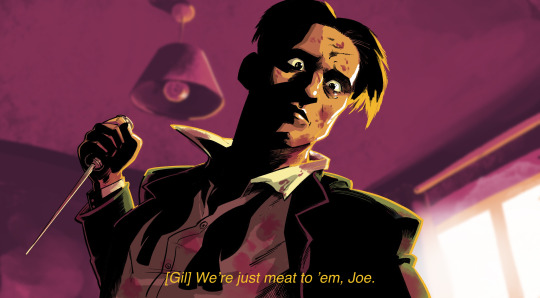

Goncharov (1973)
I know everyone talks about Ice Pick Joe, but let’s be real, that scene where he finally kills Gil “the Grill” McGilicuddy? Brian Dennehy STOLE IT.
EDIT
Hey, so we added up the process video for how we made these!
#goncharov#scorsese#martin scorsese#fan art#art#artists on tumblr#shitpost#Ted Brandt#ro stein#goncharov 1973#ice pick joe#gil mcgilicuddy#gil the grill#unreality
36K notes
·
View notes
Text

4K notes
·
View notes
Text

you people are funny but you are also fucking relentless
5K notes
·
View notes
Text
Oblomov’s Goncharov: The Novel That Started It All
To understand Martin Scorsese’s presentation of “Goncharov” (1973) it is first necessary to understand Oblomov’s original novel on which it is based, and indeed, the time in which it was written.

The author, Ilya Ilyich Oblomov, was a young nobleman who lived in the late 19th century in Moscow. Popular with the royal family and rich beyond all measure, he was targeted along with the royals by Lenin and the Bolsheviks when they took over Russia after the first world war (known then as World War Part I of II). To escape the fate of the royals (he is believed to have escaped the Winter Palace by only hours) he fled to Italy.
Italy was, at the time, a newly unified country of former city-states including Rome, Florence, Milan, and for some reason, Chicago, IL, the people of which may have thought “IL” stood for Italy at the time. Oblomov himself found protection in Vatican City (which was not a city, but a separate country) owing to his significant contributions to the Popesidential campaign of Pius XII. Once the revolution had died down in his former country, now part of the USSR, which is English for CCCP, which is Cyrillic for SSSR, which stood for USSR, Oblomov moved out into the “Country” (which was not a country, but just an Italian city) and began writing of his experiences.
Oblomov began his novel, Goncharov, in 1921. Its narrative was to be an epic escape from Russia to match his own, but this was not to be, as the house he moved into belonged to the family of Francesco Cuccia, known now as “Don Ciccio the All-Around Unpleasant” or “Cuccia the Pretty Damn Bloodthirsty.” Oblomov, having been tricked by certain vindictive members of the Vatican House of Commons, did not in fact have permission to live there.
As Oblomov himself tried to evade not only Don Ciccio’s mafia but Lenin’s assassins, Vatican intrigue, Templar knights trying to kill the Assassins, and of course, the order of assassins themselves, known then as “hidden ones” or simply, The Brotherhood; his novel Goncharov became a venting point for the tribulations to which he was subjected. Thus, Goncharov became the story of an epic battle between the Italian Mafia and Russians that we know today.
The novel Goncharov, published illegally in Soviet Russia as “Ivan Goncharov” or “The Many Sufferings Of Ivan Goncharov: Hope For The Best, Expect The Worst” was an underground hit. Stalin himself is said to have greatly enjoyed the novel before banning it, burning most copies of it, kidnapping its author and sending him to die in a gulag in Siberia. Though no record exists of Oblomov’s death, it does seem he was captured by Soviet secret police while visiting his parakeet in Yekaterinburg, and all record of him is lost upon his arrival in northern Siberia.
But a few copies made it out, and thanks to an English translation by Penguin Classics, the book fell into the hands of Martin Scorsese, who read the novel while in prep for his film Mean Streets, where he would go on to meet producer Domenico Procacci. Scorsese was of course too busy with his first New York epic to direct, but he agreed to co-produce the film. All that was missing was a director.
While filming the riot scene for Mean Streets though, Scorsese and his casting director happened to meet a certain extra with a peculiar name. Matteo JWHJ0715 (whose family name was changed at Ellis Island from “Jones”) had just moved to New York to achieve his dreams of Hollywood stardom, having thought Hollywood was one of New York’s suburbs. Scorsese corrected him and allayed his disappointment by inviting him to join him and Procacci for dinner.
The rest, as they say, is history.
3K notes
·
View notes
Text
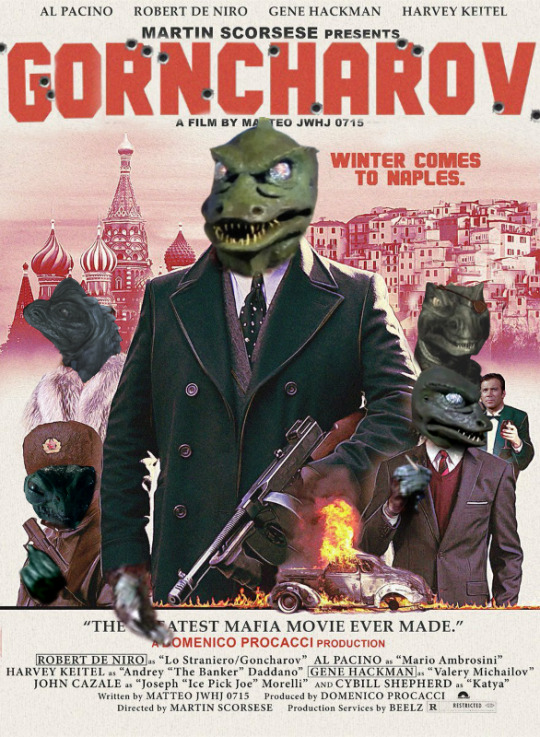
[Image description Movie poster for Goncharov edited to read Gorncharov. All characters have been replaced by the Gorn from Star Trek, except for one in a tuxedo who is now Captain Kirk]
#star trek#star trek tos#star trek the original series#captain kirk#james t kirk#star trek enterprise#Enterprise#star trek strange new worlds#Gorn#goncharov#martin scorsese#Scorcese#unreality#Mafia#gansters#Scorsese#martin scorcese#described images#image description added#image described#geekysteven#1k
2K notes
·
View notes
Photo

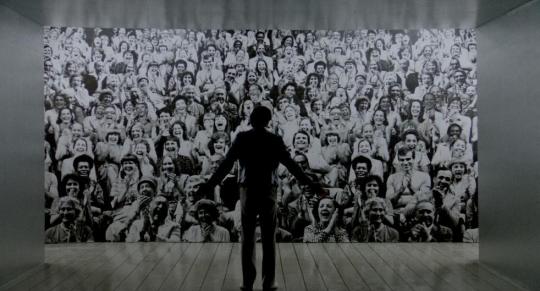

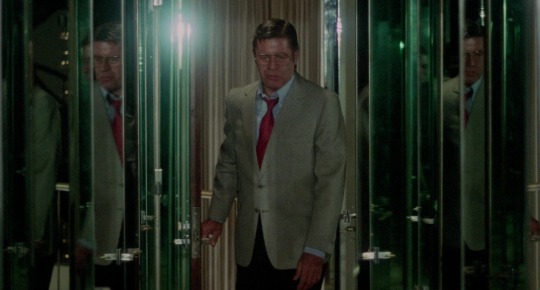
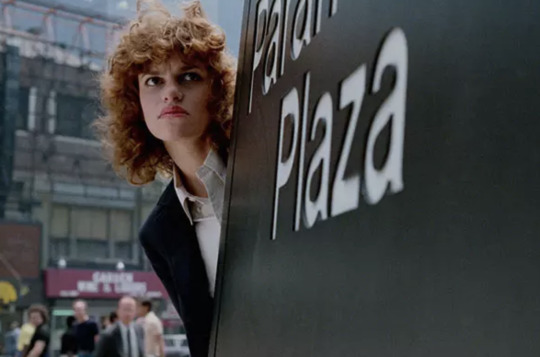


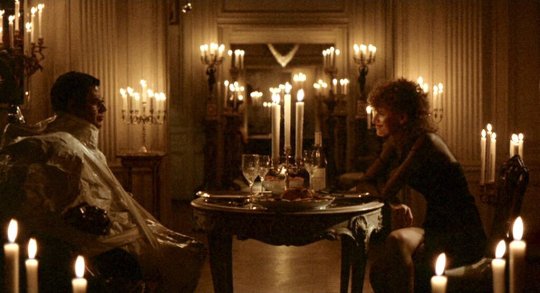
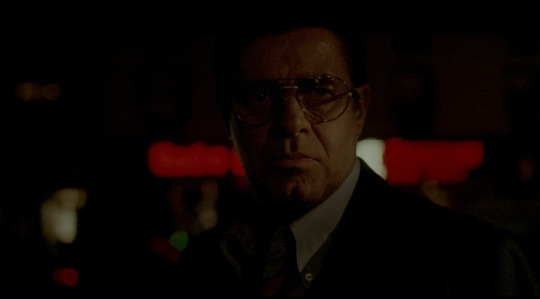

SUBLIME CINEMA #651- THE KING OF COMEDY
Demented and still totally underrated. The movie was kind of adapted and watered down by ‘the Joker’, which Scorsese ultimately decided not to be a part of - but this film’s character study is much deeper, much funnier, much sadder.
#cinema#film#movie#films#movies#comedy#the king of comedy#martin scorsese#scorsese#80s#robert deniro#sandra bernhard#jerry lewis#cinematography#thelma schoonmaker#classic film#dark comedy#demented#funny#cinephile
405 notes
·
View notes
Text

Casino (1995) dir. Martin Scorsese
391 notes
·
View notes
Text
If Caravaggio were alive today today, he would have loved the cinema; his paintings take a cinematic approach. We filmmakers became aware of his work in the late 1960s and early 1970s, and he certainly was an influence on us. The best part for us was that in many cases he painted religious subject-matter but the models were obviously people from the streets; he had prostitutes playing saints. There’s something in Caravaggio that shows a real street knowledge of the sinner; his sacred paintings are profane.
Martin Scorsese on Caravaggio
Michelangelo Merisi, known to most of us as “Caravaggio,” was born on September 29, 1571 in Milan, Italy, to parents who were from the small town of Caravaggio. In the span of his 38 years long life he revolutionised painting with innovations like a unique use of chiaroscuro - with dark shadows contrasting with dramatic areas of light - and a deep sense of realism that later inspired the Baroque movement. But most of all, he developed such an iconic style that most of us can probably look at a painting and know if it’s a Caravaggio, or Caravaggio-inspired.
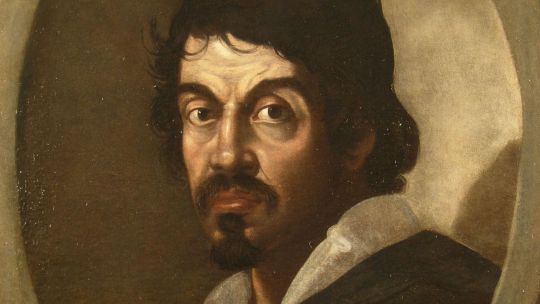
Merisi spent the first few years of his life in Milan, studying painting, and later moved to Rome, where his early talent impressed Cardinal Del Monte, who introduced the young painter to other high-profile Catholic figures who became commissioners of some of Caravaggio’s best work. It seemed there was no end to the artist’s creative genius. Caravaggio, much to his patron’s delight, would pump out one masterpiece after another. It seemed the more out of control his personal life became (cheating, brawling and murder were standard fare), the more his art would become more refined, more potent.
In the long list of masterpieces he left behind, both secular and religious works stand out. But it is perhaps in his religious works that the artistic transition of the master is more evident. Caravaggio is, in fact, known to have changed his style after harsh personal life experiences led him to reassess his outlook on life.
In May of 1606 Caravaggio took part in a deadly brawl in Rome and was charged with murder. He fled to Malta, in search of asylum from the Order of Saint John, a Catholic order dedicated to helping the sick and the poor. The order commissioned some of the most important late life works of the Milanese artist.
It is in these works that we notice the shift in Caravaggio’s art, from a strong focus on aesthetics to an interest in the spirituality of his subjects, which critics believe was motivated by his own introspection.
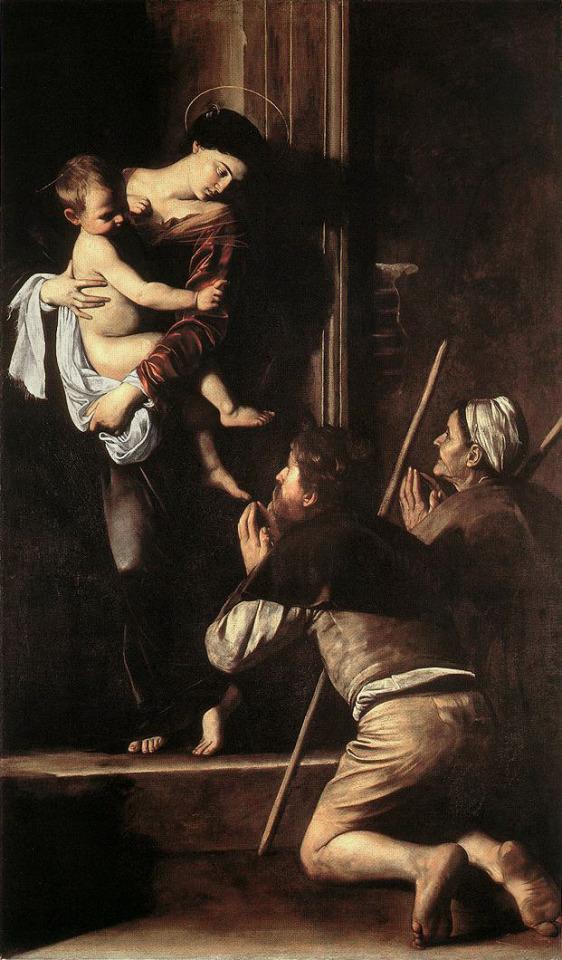
On the streets surrounding the churches and palaces, brawls and sword fights were regular occurrences. In the course of this desperate life Caravaggio created the most dramatic paintings of his age, using ordinary men and women - often prostitutes and the very poor - to model for his depictions of classic religious scenes.
By representing biblical characters in a naturalistic fashion, typically through signs of aging and poverty, Caravaggio's populist modernisation of religious parables were little short of trailblazing. Although not without his critics within the church, by effectively humanising the divine, Caravaggio made Christianity more relevant to the ordinary viewer.
For some, though, his art was too real. Bare shoulders, plunging necklines, severed heads; this raw humanity didn’t always fly in 17th century Rome. As a result, many of his pieces were rejected as altar pieces and as church hangings. One such piece, the Madonna of Loretto (now hanging in a church in Rome) was widely criticised upon its unveiling. The people of the day were shocked to behold the Mother of God leaning nonchalantly against a wall in her bare feet while holding baby Jesus in her arms.
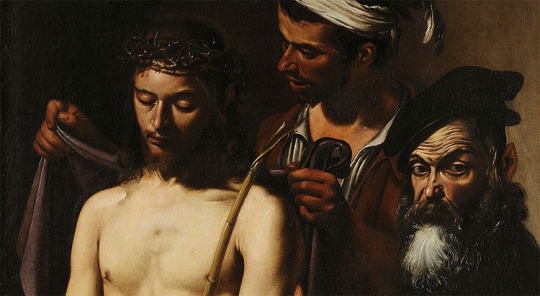
It is ironic that the very art that today we consider “classical” and “iconic” to the Catholic faith was considered questionable and perhaps void of modesty and virtue. Yet, the fact remains that no individual artist has made such a lasting impression on the world of modern art. Truly, many have called Caravaggio the “first modern artist”. It is no surprise, then, that his style has sparked both widespread admiration and imitation throughout the centuries.
Before Pope John Paul II refined a theology of the body beautiful, Caravaggio's paintings suggested a reverence for the inherent beauty of human form.
Troubled though he may have been, his art speaks eloquently of the dignity of the mundane. Though the original medium may be weathered and cracked, the message of beauty still echoes down the centuries. And this same beauty still fuels, escapes and reduces artists to relentless seekers as surely and as forcefully as it did in Caravaggio's life.
#scorsese#martin scorsese#quote#art#artist#caravaggio#art history#aesthetics#modern#sacred#profane#rome#catholic church#christian#beauty#realism#art of the mundane
399 notes
·
View notes
Text
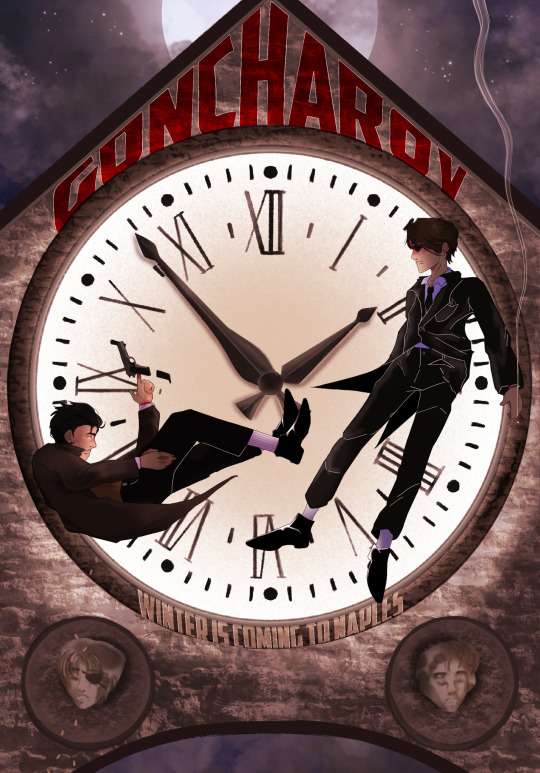
“It catches up to us all, Goncharov— time.”
AHHHHHH IM SO FUCKING GLAD THIS MOVIE HAS FINALLY BEGUN TO BE TALKED ABOUT. THERE IS SO MUCH TO SAY, AND YET THE MOVIE ALSO?? SOMEHOW??? SAYS EVERYTHING THERE IS TO SAY. That’s what makes it so good I think- the queer representation, the subltleties of Scorcese’s work?? Everything. Me and my boyfriend decided to rewatch it together and everything holds up so well, we were both even crying by the bridge scene.
If you haven’t seen this movie yet, or you haven’t rewatched it in a while- without hesitation go watch it now. It is one of the only classics that I will sing praise for and it is so deserving. Goncharov is a movie like no other, all should experience it’s wonder.
#goncharov 1973#goncharov#goncharav#goncharev#goncharov andrey#goncharov x andrey#gonchposting#gayart#gay#queerart#queer#martin scorsese#Scorsese#artists on tumblr#goncharov art#film#film review#classic cinema#cinema#unreality
972 notes
·
View notes
Text





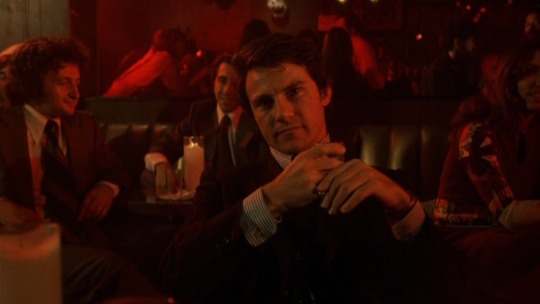

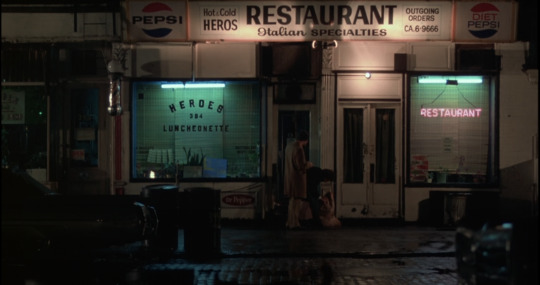

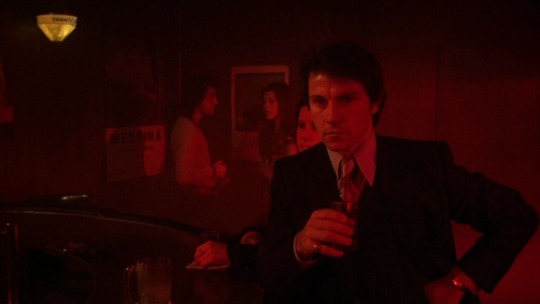


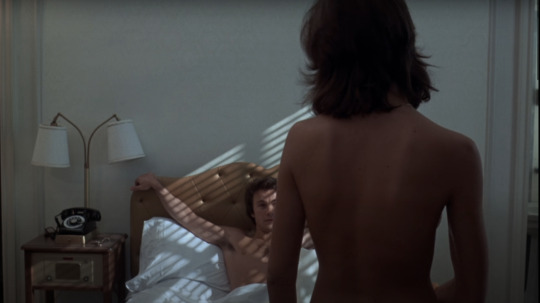
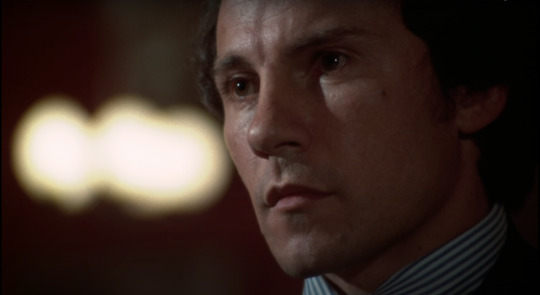

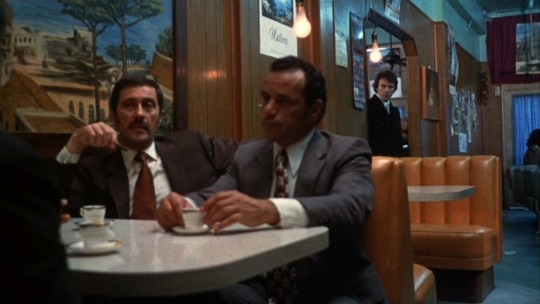
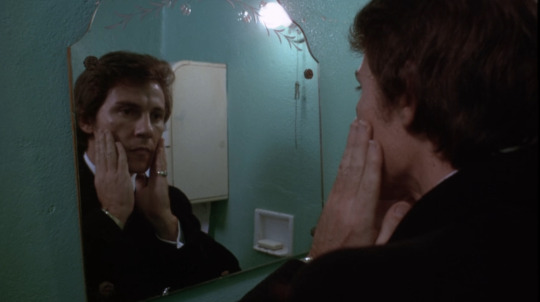
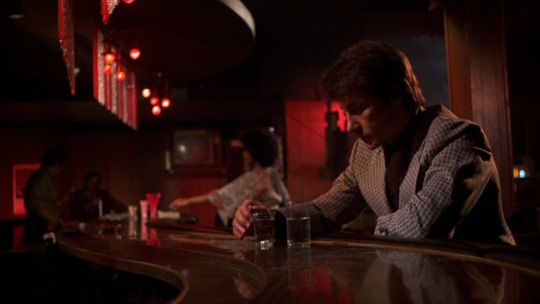


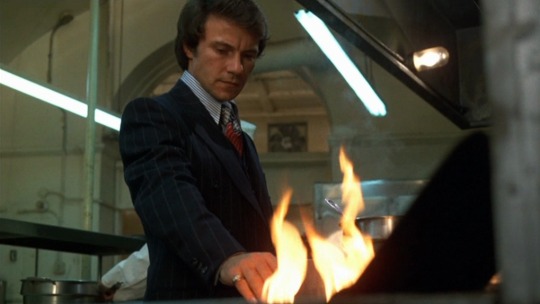


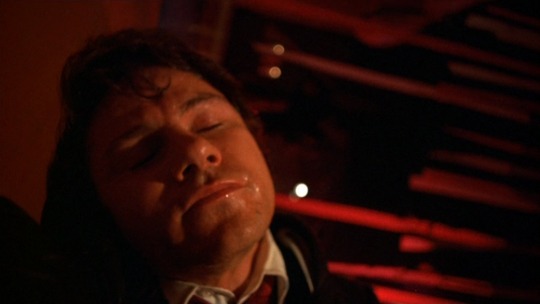


Mean Streets (1973)
Director: Martin Scorsese
Cinematographer: Kent L. Wakeford
Starring Harvey Keitel, Robert De Niro, Amy Robinson, David Proval, and David Carradine
#mean streets#1973#martin scorsese#scorsese#harvey keitel#robert deniro#70s film#gangster film#little italy#lower east side#new york films#70s movies#classic film#70s cinema#gangster movies
68 notes
·
View notes
Text
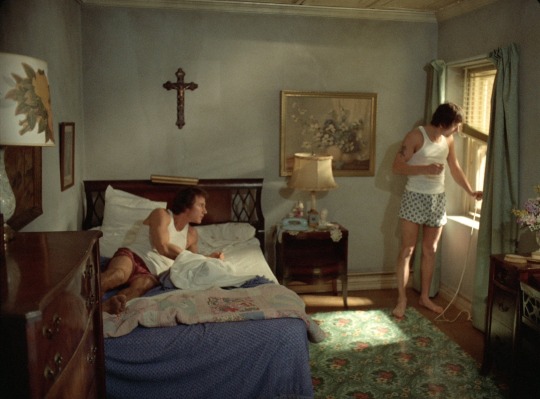

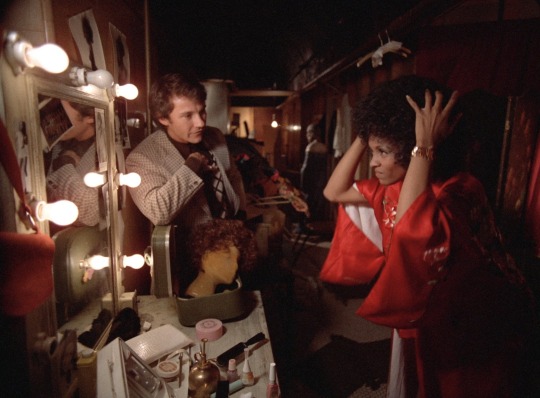



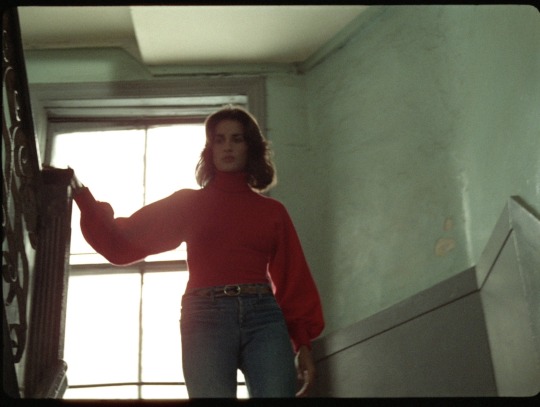
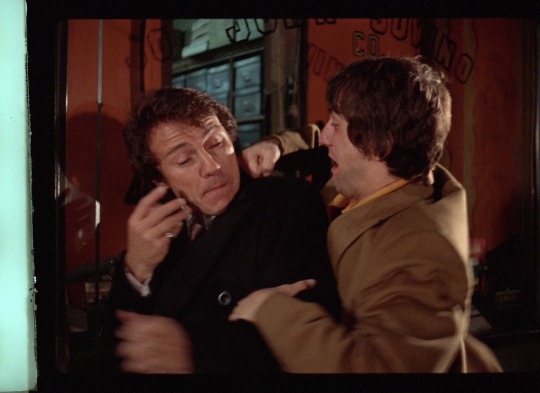
unframed shots from mean streets (1973), shot by kent l. wakeford on the arriflex 35 BL
#haven't seen anyone post these so 😚#mean streets#scorsese#the colours are so warm love love#this has been in my drafts since forever. just remembered
138 notes
·
View notes
Text
someone's gonna interview that old man and ask him about goncharov and it's just gonna kill him it's just gonna kill that man
5K notes
·
View notes
Text
okay but real talk, and y'all KNEW I was gonna bring this up-
knowing Scorsese as we do... do we think that the actors were ALSO wearing 1930s cologne/perfume along with those STUNNINGLY ACCURATE COSTUMES or do you think the sets were just FILLED TO THE BRIM with the powder-vanilla-musk 70s scents?
Like was Goncharov wearing Ralph Lauren Polo do you think...?
#let's add the intimacy of scent to Those scenes#goncharov (1973)#goncharov#goncharov posting#scorsese#vintage perfume#vintage cologne
403 notes
·
View notes
Text
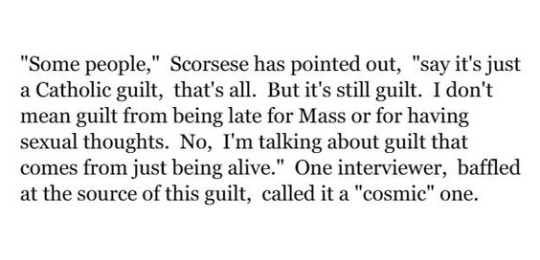
204 notes
·
View notes

